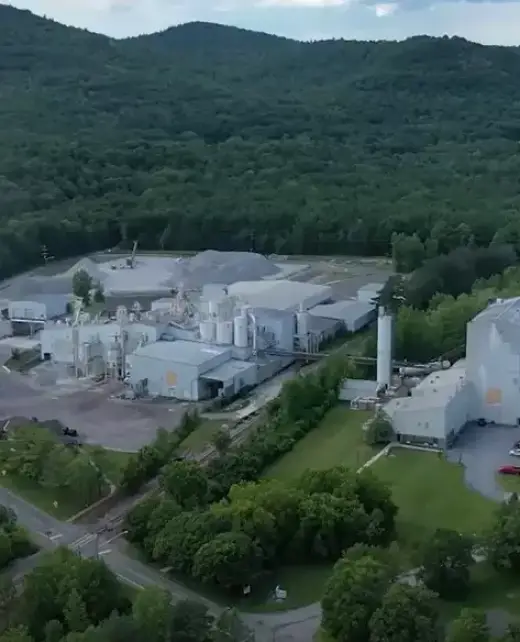
Performance, Quality and Reliability
Wollastonite has industrial importance worldwide. It is used in many industries, mostly by tile factories which have incorporated it into the manufacturing of ceramic to improve many aspects, and this is due to its fluxing properties, freedom from volatile constituents, whiteness, and acicular particle shape. In ceramics, wollastonite decreases shrinkage and gas evolution during firing, increases green and fired strength, maintains brightness during firing, permits fast firing, and reduces crazing, cracking, and glaze defects. In metallurgical applications, wollastonite serves as a flux for welding, a source for calcium oxide, a slag conditioner, and to protect the surface of molten metal during the continuous casting of steel. As an additive in paint, it improves the durability of the paint film, acts as a pH buffer, improves its resistance to weathering, reduces gloss, reduces pigment consumption, and acts as a flatting and suspending agent. In plastics, wollastonite improves tensile and flexural strength, reduces resin consumption, and improves thermal and dimensional stability at elevated temperatures. Surface treatments are used to improve the adhesion between the wollastonite and the polymers to which it is added. As a substitute for asbestos in floor tiles, friction products, insulating board and panels, paint, plastics, and roofing products, wollastonite is resistant to chemical attack, inert, stable at high temperatures, and improves flexural and tensile strength.In some industries, it is used in different percentages of impurities such as its use as, a fabricator of mineral wool insulation, or as an ornamental building material.
One of the most versatile fillers in the marketplace
Notes
- This invaluable mineral is named after William Hyde Wollaston,a noted English chemist and mineralogist.
- Wollastonite is formed when impure limestone or dolostone gets subjected to high pressure and temperature. It is usually white in colour, but may sometime appears to have a cream, grey, or very pale green colour due to presence of certain chemicals.
- The mineral posseses various characteristics that make it commercially valuable, the prominent properties include its high brightness and whiteness, its low moisture and oil absorption properties, and its low volatile content.
- Wollastonite is presently used in a variety of industrial applications, including ceramics, friction products, metallurgy, paint filler, and plastics because of its properties.
- VWollastonite deposits are found in very few regions of the world, most notably northeastern North America, Mexico, several Western European countries, and China. India and China are growing producers.
